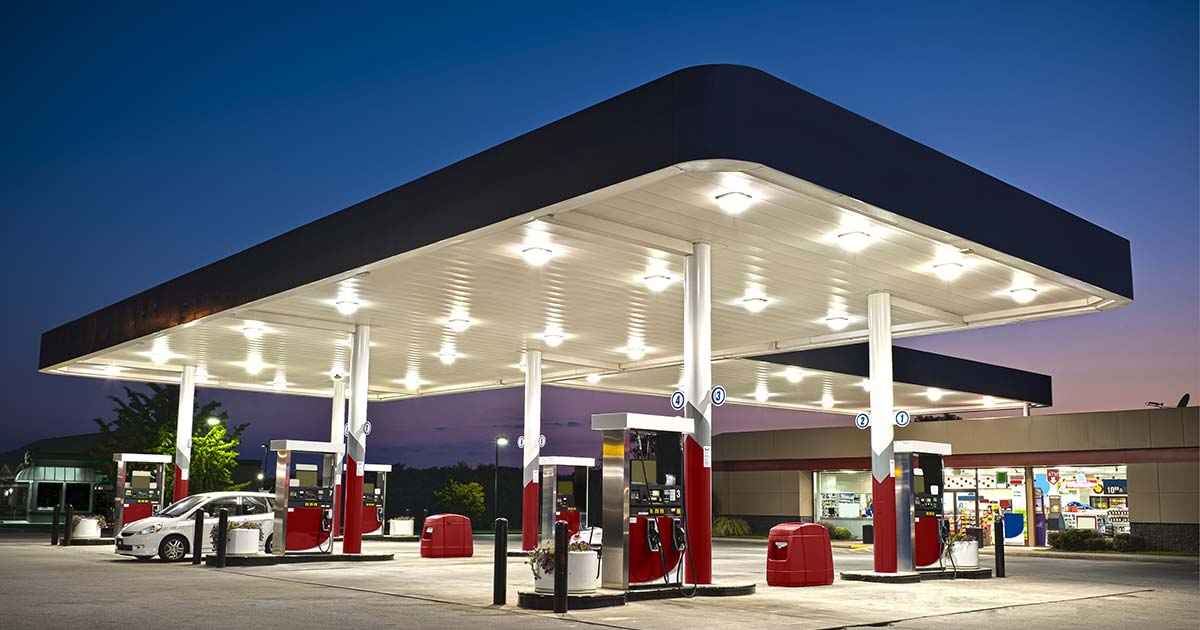1 comment

Unleaded or premium gas? It should not be this hard to figure out what a car needs or if one is better than the other, but it is. At least, it seems like it is. There is so much information out there on the topic, and everyone has an opinion.
The first thing you should do is look at your car’s owner manual. This tells you what kind of fuel you should be using. Listen to your manual. If your car does not require premium gas, don’t spend extra on premium gas because it will NOT make your car run cleaner, longer, faster, or more fuel efficiently. There is zero benefit to putting in a higher octane gasoline. The Federal Trade Commission even agrees.
If you car does use premium gas, then there are benefits to using it, however, you do not have to. Premium gas costs an average of fifty cents more per gallon than regular gas, which can have a huge impact on your gas bill every time you fill up. Cars using premium gas have a higher compression engine, and the premium gas will give the car that extra oomph. For the most part, your car will run just fine without the premium gas but you may have slightly lower mileage. Some cars really do need premium gas. If you decide to use regular gas and hear severe knocking in the engine, your vehicle is telling you that it would run much better on premium. Remember, if the car is on lease, check the leasing agreement. You may be required to use premium gas if the car’s engine requires it.
Older cars, heavier cars, and high performance engines or turbochargers need premium fuel. These cars need premium fuel instead of regular to prevent knocking in the engine. These cars have higher compression ratios, which the premium fuel can provide. Regular fuel just does not cut it.
Cars requiring premium gas will see optimized performance when fueled by premium gas. Many people will not notice a difference between premium gas and regular gas, but there are some differences in performance. A car will not reach the advertised horsepower using regular gas if it requires premium.
Octane ratings vary from state to state because it is not federally mandated. What is federally mandated are the yellow stickers by the pumps telling you what the octane rating is for each quality of gas. Most gas stations sell three octane grades: regular, mid-grade, and premium. The range of these varies from state to state. Regular is usually around 87. Mid-grade is around 89, and premium should be around 92 or 93.
The premium versus regular gas is not as complicated as people think. The most important thing to do is pay attention to your owner’s manual!
Comments
Unleaded gasoline vs premium gasoline both need to comply with regulations on usage and this is very necessary like in geometry dash scratch to win you have to overcome many challenges.